Increased Focus on Patient-Centered Care
The Anorectal Manometry System Market Industry is witnessing a shift towards patient-centered care, which emphasizes the importance of individualized treatment plans. This trend is prompting healthcare providers to adopt more sophisticated diagnostic tools, such as anorectal manometry systems, to better understand patient needs. By utilizing these systems, clinicians can tailor interventions based on precise measurements of anorectal function, thereby improving treatment outcomes. The emphasis on patient satisfaction and quality of care is likely to drive the adoption of these systems in various healthcare settings. As a result, the market is projected to see a steady increase in demand as providers prioritize technologies that enhance the patient experience.
Rising Incidence of Gastrointestinal Disorders
The Anorectal Manometry System Market Industry is significantly influenced by the rising incidence of gastrointestinal disorders, including fecal incontinence and constipation. As awareness of these conditions increases, healthcare providers are more frequently utilizing anorectal manometry to assess and diagnose underlying issues. Recent statistics indicate that approximately 15% of adults experience some form of fecal incontinence, highlighting the need for effective diagnostic tools. This growing patient population is likely to drive demand for anorectal manometry systems, as clinicians seek reliable methods to evaluate anorectal function. Consequently, the market is expected to expand as healthcare systems invest in advanced diagnostic technologies to address these prevalent conditions.
Growing Investment in Healthcare Infrastructure
The Anorectal Manometry System Market Industry is benefiting from growing investments in healthcare infrastructure, particularly in developing regions. Governments and private entities are increasingly allocating funds to enhance diagnostic capabilities within healthcare facilities. This investment is crucial for expanding access to advanced medical technologies, including anorectal manometry systems. As healthcare systems modernize, the demand for reliable diagnostic tools is expected to rise. Recent reports suggest that healthcare spending in emerging markets is anticipated to grow by over 10% annually, which could significantly impact the adoption of anorectal manometry systems. This trend indicates a promising future for the market as more facilities integrate these essential diagnostic tools.
Rising Demand for Non-Invasive Diagnostic Techniques
The Anorectal Manometry System Market Industry is experiencing a notable shift towards non-invasive diagnostic techniques, which are increasingly preferred by both patients and healthcare providers. Non-invasive methods reduce patient discomfort and improve compliance with diagnostic procedures. As awareness of the benefits of such techniques grows, the demand for anorectal manometry systems that offer less invasive options is likely to increase. This trend is supported by a growing body of evidence suggesting that non-invasive diagnostics can yield accurate results comparable to traditional methods. Consequently, the market is poised for growth as manufacturers innovate to meet this demand, potentially leading to a broader acceptance of anorectal manometry systems in clinical practice.
Technological Advancements in Anorectal Manometry Systems
The Anorectal Manometry System Market Industry is experiencing a surge in technological advancements that enhance diagnostic accuracy and patient comfort. Innovations such as high-resolution manometry and automated data analysis tools are becoming increasingly prevalent. These advancements allow for more precise measurements of anal sphincter pressures and rectal compliance, which are critical for diagnosing various anorectal disorders. The integration of software solutions that facilitate real-time data interpretation is also noteworthy. According to recent data, the market for these advanced systems is projected to grow at a compound annual growth rate of approximately 8% over the next five years. This growth is indicative of the increasing reliance on technology to improve patient outcomes and streamline clinical workflows.


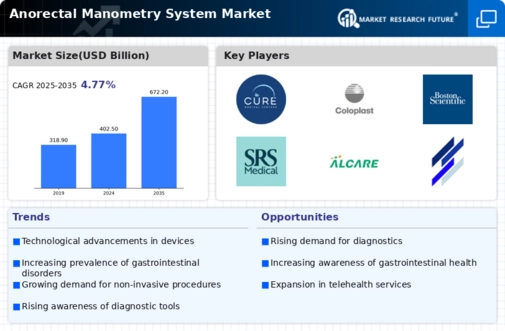
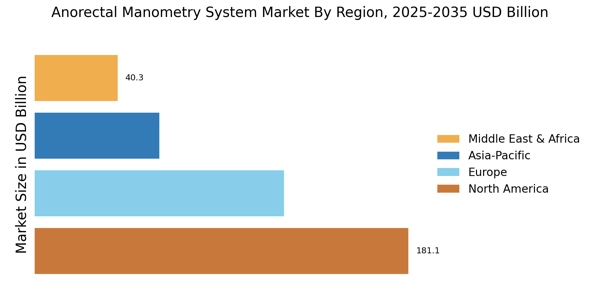

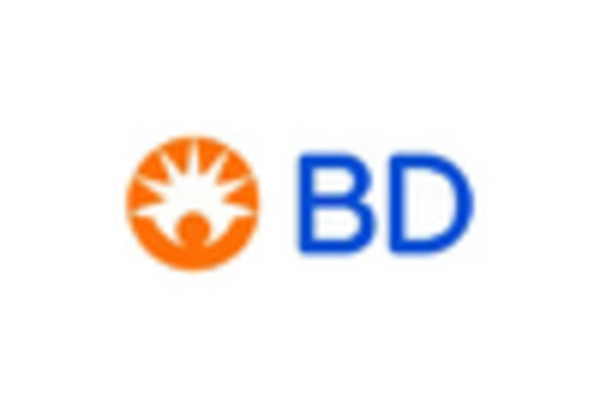
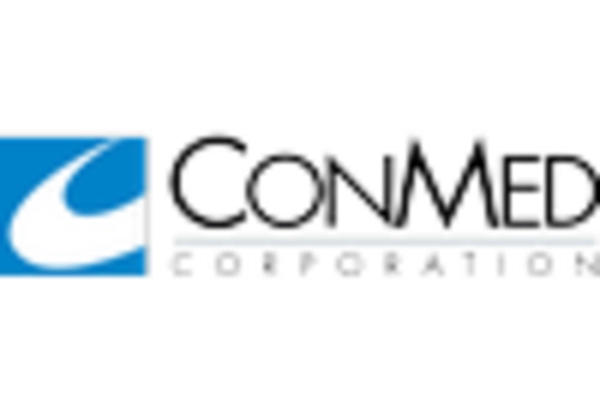
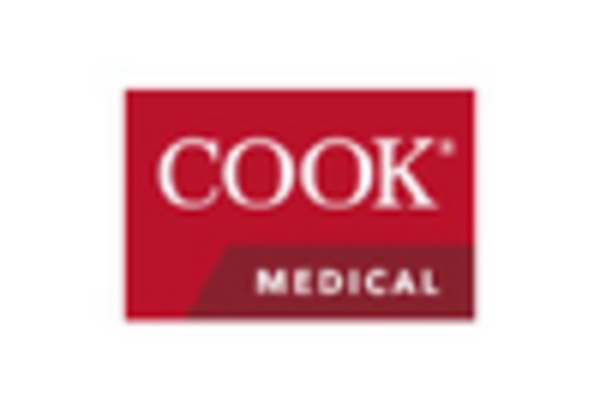
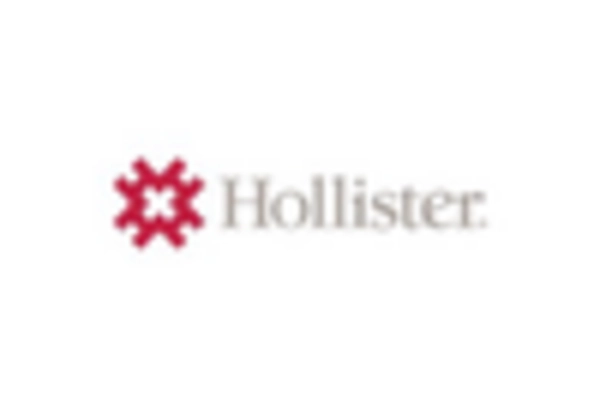









Leave a Comment